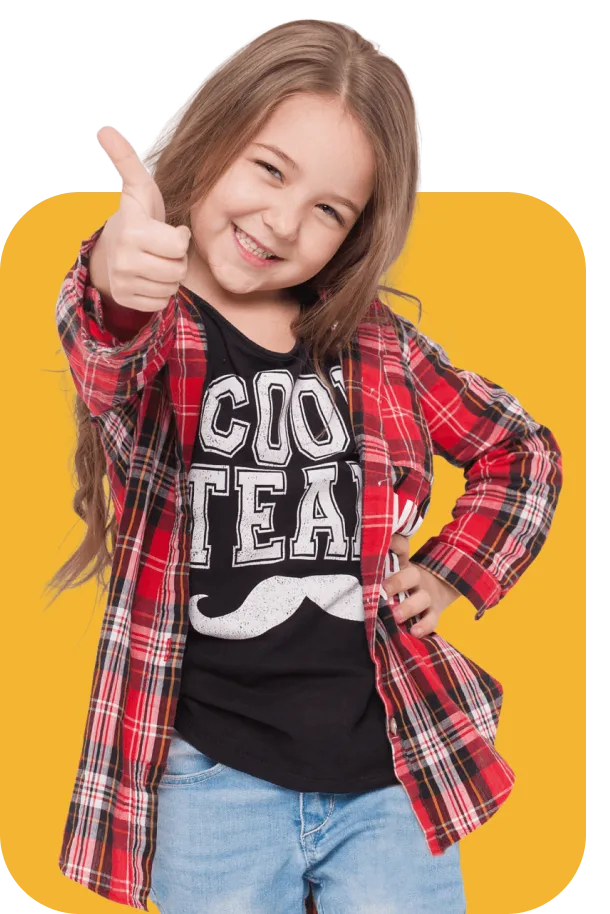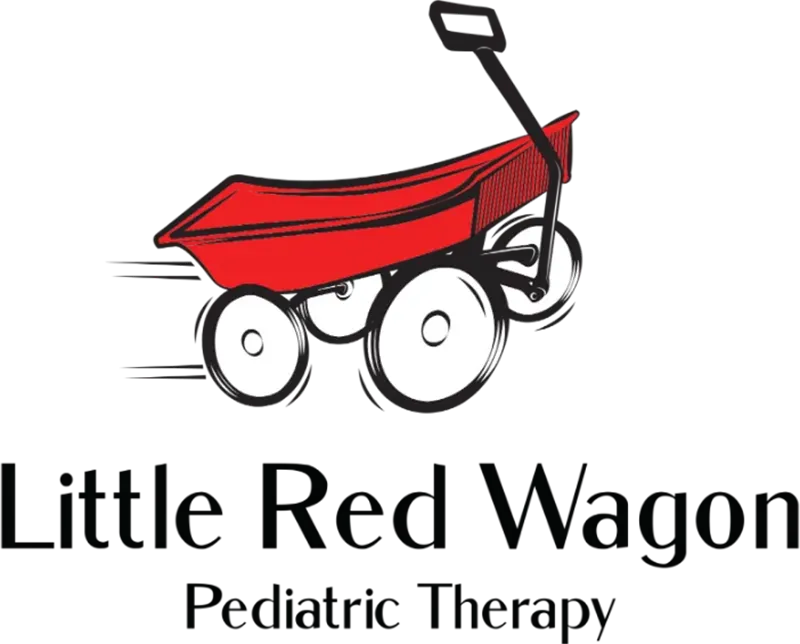Offering Pediatric Therapy in Fort Worth, Haslet and surrounding areas to help your child find their voice.
We strive to deliver Pediatric Therapy in Haslet Tx to support children and families to grow and improve in their day-to-day-lives through the use of speech, feeding, occupational and myofunctional therapy.

Our Locations
Little Red Wagon Pediatric Therapy provides services in the North Fort Worth and Haslet areas to best cater to you and your family’s needs.
New Patients
We are currently accepting new patients at each of our locations. To learn more and request an appointment, call us today at 817-764-3825.
Our Therapy Services
We offer pediatric speech, occupational, feeding and myofunctional therapy
services. We also support adults
on a case-by-case basis.

Little Red Wagon Pediatric Therapy
Little Red Wagon Pediatric Therapy was established in 2016 and has since served with Pediatric Therapy in the North Fort Worth and Haslet areas to more than 600 families.
We believe that family involvement is key to a child’s success. Our therapists strive to work as a team with our families to ensure success at home and in the community.
Give us a call today at 817-764-3825 to learn more about our philosophy for care and how we can help your family.
Our Therapy Services
We currently offer Pediatric Therapy in Fort Worth Tx. Are you not sure if your needs fall into one of these categories? To learn more, call us at 817-764-3825.
Speech Therapy
Helps children better communicate by overcoming speech difficulties, (ie. letter sounds) comprehension, clarity…
Occupational Therapy
Develops the skills needed to grow into functional and independent adults.
Feeding Therapy
Helps infants or children who struggle with sucking, chewing, feeding or swallowing…
TeleTherapy
Focuses on a parent coaching model beyond the clinic’s controlled environment.


If you are searching for answers to these types of questions or have concerns about your child, adolescent, or family, we can help.
Testimonials



